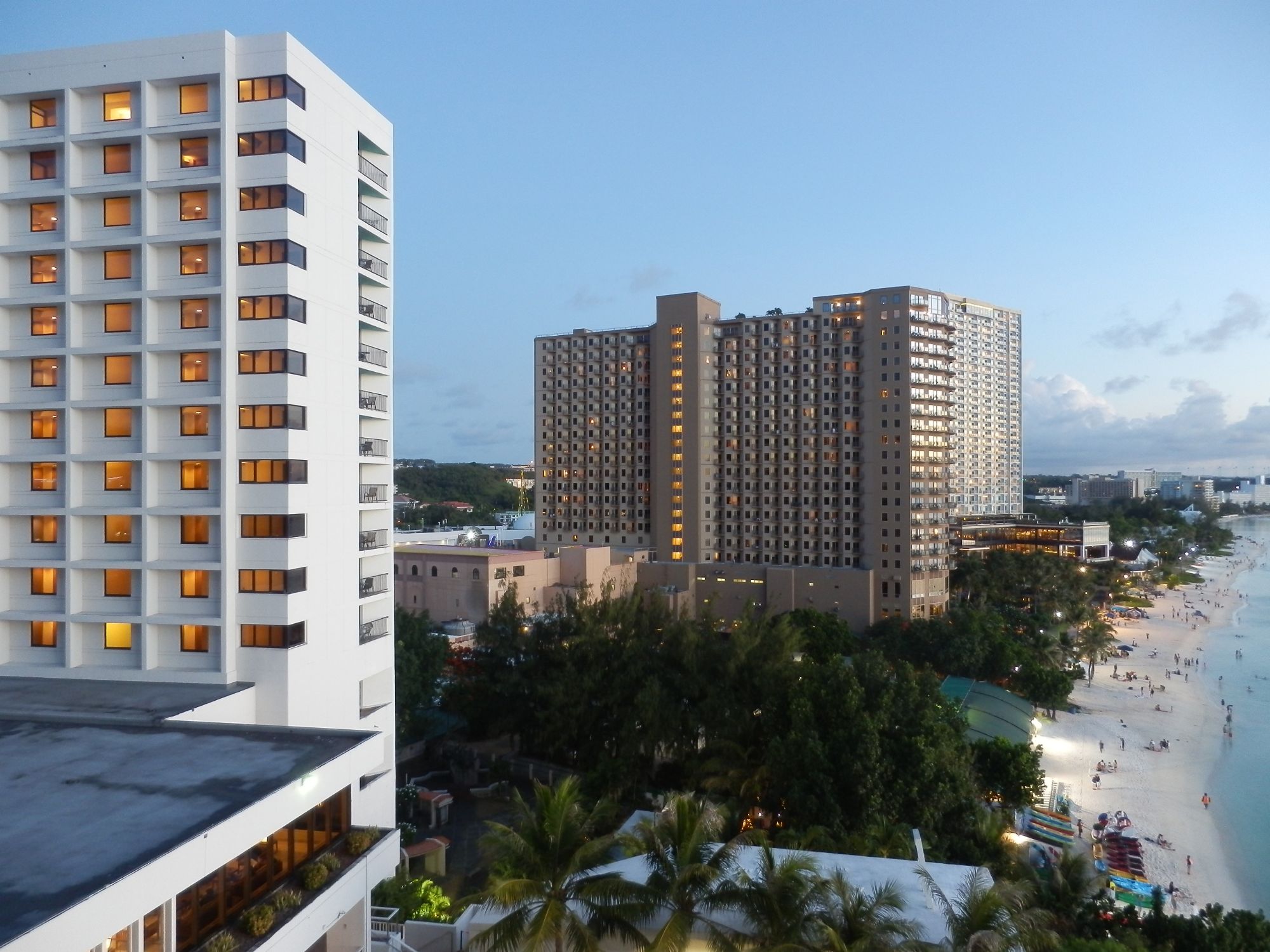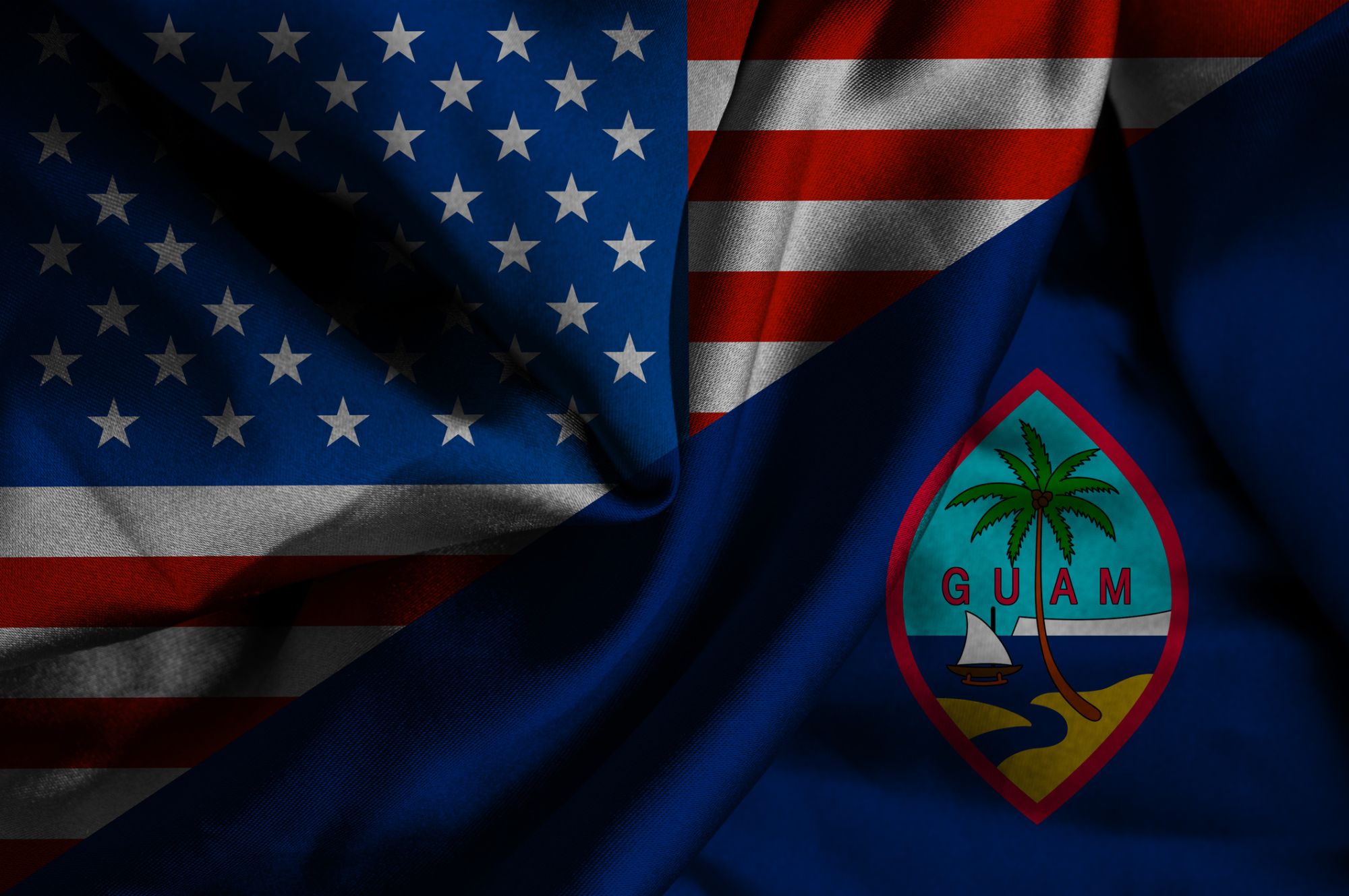 Guam Real Estate, Real Estate On Guam, Guam Economy, Guam Real Estate Market
Guam Real Estate, Real Estate On Guam, Guam Economy, Guam Real Estate Market
Welcome to the Island of Guam
Here you will find information about Guam U.S.A., its location, economy and local real estate market.
We have compiled lots of interesting information about our island, our people, history and culture, along with real estate and community information in popular villages and areas of interest. We also describe our online property search tools, as well as our homes, condominiums and townhomes. Please be sure to click on any one of the links below in our About Guam Real Estate and Featured Communities sections.
 Guam is an unincorporated territory of the United States and closest U.S. soil to the Asia Pacific region. It is the southernmost island of the Marianas Island Chain and largest island in Micronesia, roughly 210 square miles in size. Guam is located east of Manila, Philippines and south of Tokyo, Japan, both a short 3.5-hour flight away. Its average year round temperature ranges in the mid to high 80’s most days and mid to high 70’s during the evenings. Guam’s population is estimated at 153,836.
Guam is an unincorporated territory of the United States and closest U.S. soil to the Asia Pacific region. It is the southernmost island of the Marianas Island Chain and largest island in Micronesia, roughly 210 square miles in size. Guam is located east of Manila, Philippines and south of Tokyo, Japan, both a short 3.5-hour flight away. Its average year round temperature ranges in the mid to high 80’s most days and mid to high 70’s during the evenings. Guam’s population is estimated at 153,836.
Situated in the Western Pacific, Guam truly is America in Asia as it is within close proximity to Asia Pacific Rim countries, including Japan, South Korea, China, Taiwan, Hong Kong, Singapore and the Philippines.
 While its stable U.S. political status, government, economy, and currency in U.S. Dollars certainly make the island a distinct attraction in the Asia Pacific region, it’s the scenic island landscapes, tropical trade winds, glorious white sand beaches, clear waters and sunny blue skies that eventually lure people and companies from all over the region and U.S. Mainland to invest in Guam real estate and make Guam home.
While its stable U.S. political status, government, economy, and currency in U.S. Dollars certainly make the island a distinct attraction in the Asia Pacific region, it’s the scenic island landscapes, tropical trade winds, glorious white sand beaches, clear waters and sunny blue skies that eventually lure people and companies from all over the region and U.S. Mainland to invest in Guam real estate and make Guam home.
When you purchase real estate on Guam, you take and hold title in the same manner, with the same guarantees and constitutional protections as you would have anywhere in the United States mainland. Real estate holdings allow for both fee simple and leasehold ownership and the deed or ground lease is recorded and filed at the Office of the Registrar, Department of Land Management, Government of Guam. In addition, real property taxes are relatively low when compared to the U.S. mainland. According to the Department of Revenue & Taxation, Guam real property taxes are computed using 70% of the property’s appraised value. The amount due is one-half (1/2%) percent of that for buildings or one-eighth (1/8%) percent of that for land.
Both tourism and the military are the two major components driving Guam’s economy, contributing a combined 90% of Guam’s total revenues.
Japan and Korea are the predominant visitor markets and source of foreign investment in hotel, tourism and visitor transportation industries; however tourists from the U.S. mainland and Hawaii, followed by Taiwan and China, who among others are playing increasingly larger roles.
With well over 1.6 million visitors in 2019, reaching record numbers, tourism has been Guam’s staple industry, contributing a major part to Guam’s total revenues. Relying predominantly on visitors from Japan and the fastest growing market from Korea, local tourism officials continue to explore ways to expand arrivals and diversify markets. One such effort comes through the development of the cruise ship market. The cruise ship industry has great potential for Guam with several notable ships making dock visits, including Japanese cruise ships the Nippon Maru and MS Asuka II, a Carnival Splendor cruise, carrying 3,900 passengers and 1,200 crew members, arrived from Honolulu enroute to Malaysia and most notably, the Queen Mary 2, the largest luxury cruise line to enter Apra Harbor. Creatively pursuing emerging markets in Taiwan, China and Hong Kong, among many others, will help to grow and diversify the tourism industry over time.
Due to its geographic location Guam also plays a key role for the U.S. military. Military spending also contributes a major part to Guam’s total revenues, and with the relocation of almost 5,000 Marines and more than 1,000 of their family members from Okinawa, Japan, which is reported in local media to cost about $8.6 billion over the next few years, its contribution to Guam’s total revenues will likely substantially increase for a period of time.
The U.S. military already has a large footprint on Guam, as the island is home to a large Navy Base and port harbor in Sumay, Agat, a Naval Computer & Telecommunications Base in Finegayan, Dededo, a large Air Force Base in Yigo and numerous other U.S. military support units, Army, Air Force and Navy Reserves, Army and Air National Guard and a Coast Guard detachment. With roughly $300 million in average annual military spending, and the estimated $8.6 billion relocation of Marines from Okinawa, Japan, Guam is a key destination for investment.
All things considered, real estate is still a local business driven by local conditions, and how local leaders in both public and private sectors responded to the pandemic is a great testament to the resolve of our island community. Guam real estate is dynamic and cyclical and as the island opens up, we expect great gains in our tourism industry, local economy and all sectors of our real estate market as recovery and restoration efforts take root. The future of Guam real estate is exciting. New waves of both foreign investment in both tourism and military construction are expected. Economic and population growth is in the forecast, so savvy real estate investors large and small, both companies and individuals alike should give Guam serious consideration and we at Pacific Rim Realty, stand ready to assist you every step of the way.
